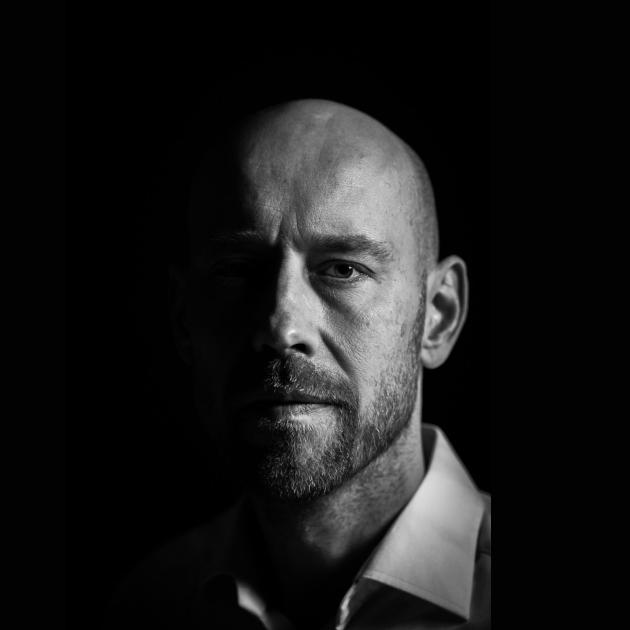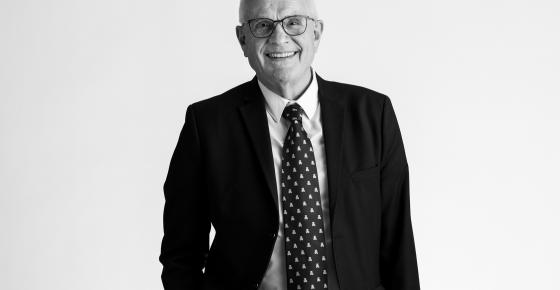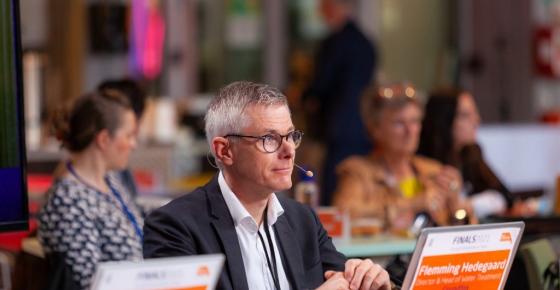How did you become involved in the development of Half Double?
I worked with project and portfolio management at Velux and had a dialogue with Michael Ehlers from Implement about how we could achieve a more agile approach. This was the start of an inspiring collaboration, where we continuously developed and tested Half Double in practice. I worked both on testing elements in ongoing projects and structuring the tools – especially around portfolio management. This gave us immediate experience and feedback from ‘real life’, which we could then incorporate into the method.
How did you experience the co-creation process?
I think co-creation was an incredibly effective and exciting way of working. It motivated everyone in the projects that our shared experiences from the test projects were quickly integrated and conceptualised in the Half-Double material. Both I and the project participants could see that we were helping to shape something real and valuable – both for the Half-Double methodology and in practice in the projects.
The co-creation process in connection with the book was also interesting, as we could all add and adjust directly in the material, and I can now see my mark on the final result.
Is there anything in particular you remember from that early period?
There was a lot of energy and drive. Many of us were struggling with the waterfall method on the one hand and inspiration from the agile world on the other – but we were missing something to tie it all together. We got that opportunity in this process.
Michael and Karoline's infectious energy was unforgettable – we created an entrepreneurial spirit that was crucial to securing management support. The fact that we activated the project owner and involved them in defining the project and ensuring that they were always in the loop made a huge difference and is something I am very aware of today.
What was it about developing a new project model that appealed to you and excited you?
It was truly inspiring to be with so many talented people from different organisations, all of whom had a sincere desire to create the framework for running projects better and more effectively.



